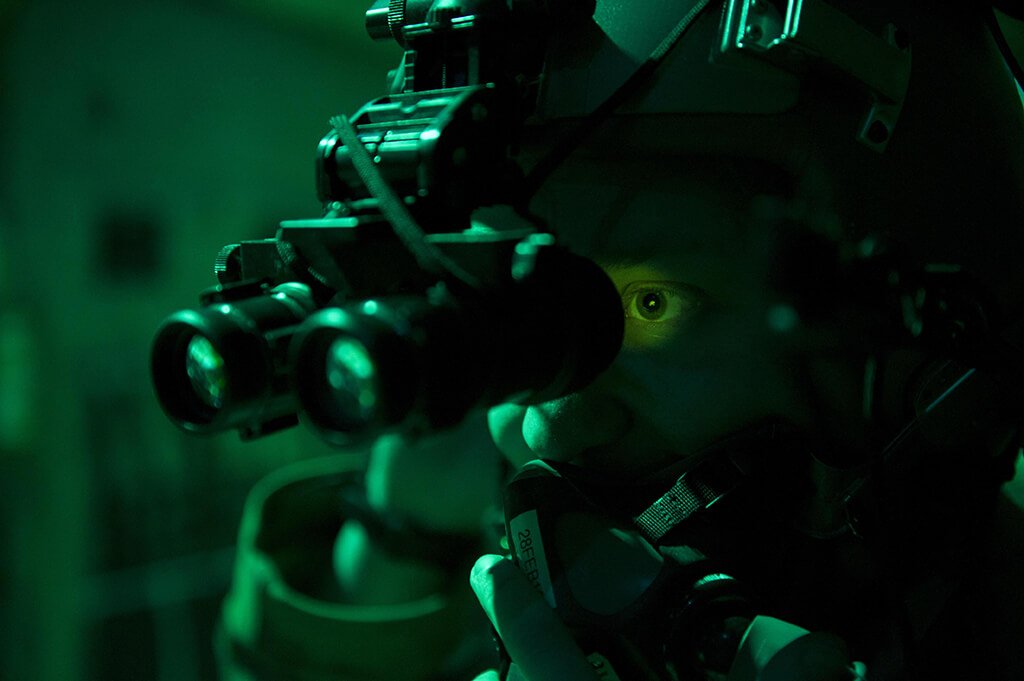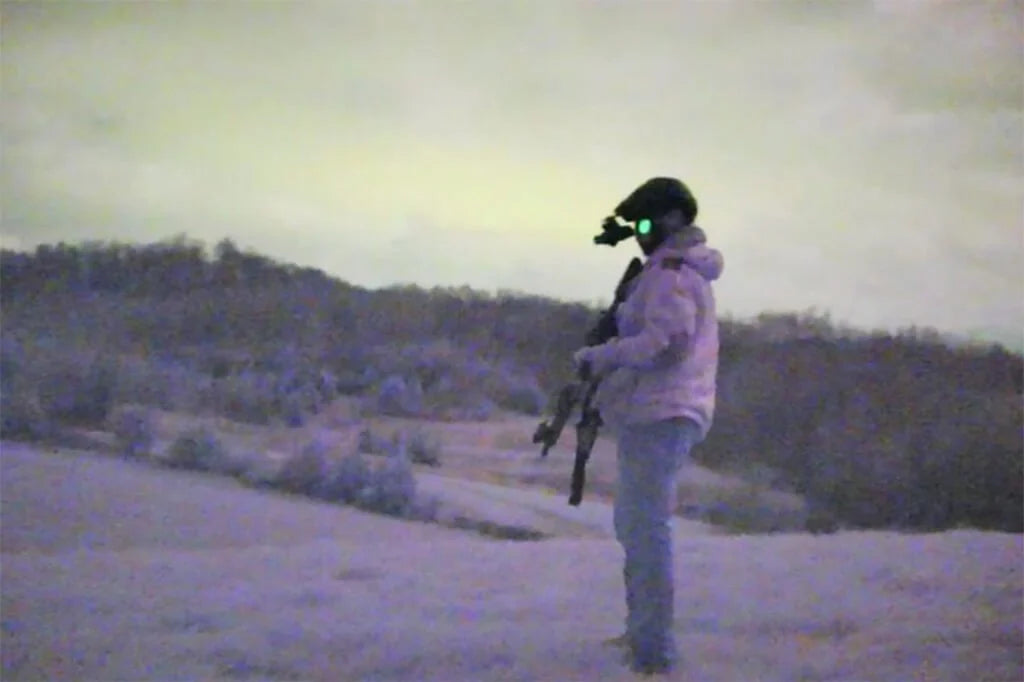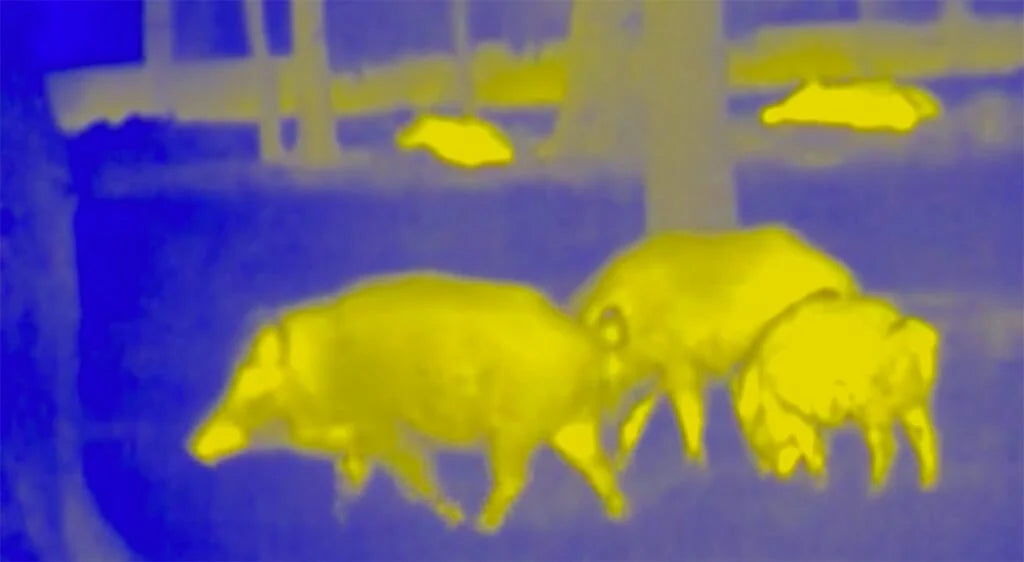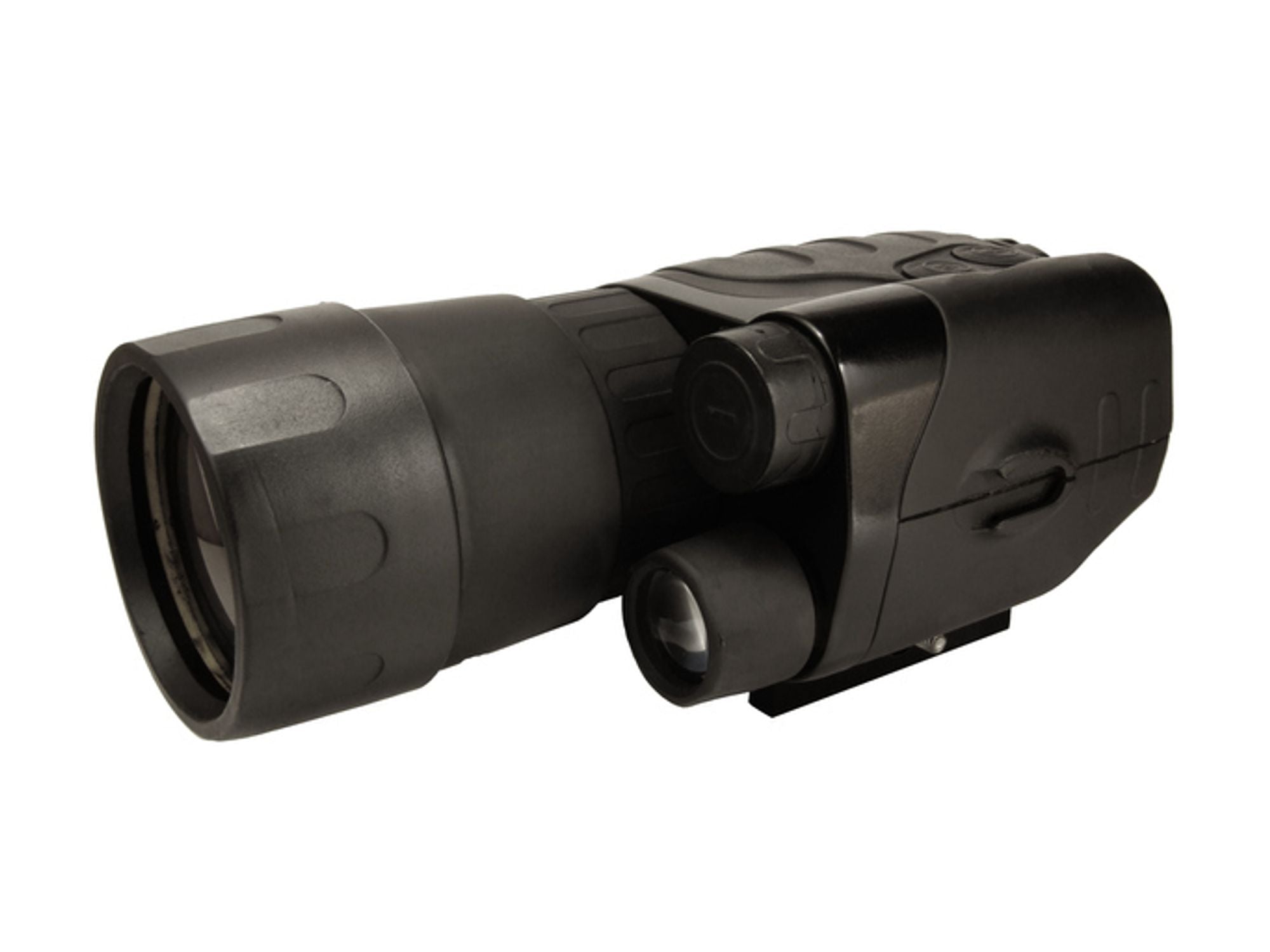How Night Vision Works
You’ve taken your first step into a brave new world
What Night Vision Lets You See
Using current color night vision technology is an eye-opening experience that must be seen to be believed; a whole new world awaits your exploration after the sun has set. Game watching, boating, urban and rural observation, hiking and other outdoor activities can be an exciting experience after dark – especially with the right technology.
Choosing the ideal night vision device for your needs can be a complicated process without the proper guidance. Before narrowing your choices, a basic understanding of how these devices work, differences in technology by generation and their features and benefits should all be understood to truly appreciate the device, and to make an educated purchasing decision.
NIGHT VISION TYPES
ANALOG NIGHT VISION
All analog night vision devices share several main components that consist of an objective lens, an eye piece, a power supply, an image-boosting photocathode and photomultiplier. The latter two combined are commonly referred to as an image intensifier tube.
Intensifying the Image
Undoubtedly, the real magic lies within the image intensifier tube – which put into very basic terms – absorbs photons (light energy) and releases electrons (electric energy) before converting into light again in the form of an image.
With that understanding in-mind, let’s dive a little deeper into how it all actually works.
At the front of any night vision device is an objective lens, whose job is to gather all available ambient and artificial infrared energy before funneling it to an electronically powered image intensifier tube.
These photons pass through a photocathode, which converts them into electrons. These electrons move on to a micro channel plate (MCP) where they are amplified by a factor of thousands through an electrical and chemical chain reaction created when they impact the micro channel walls. These effectively supercharged electrons then slam into a screen coated in phosphors where they reach an excited state, releasing photons, or visible light, which can be viewed through an eye piece.
The image will appear as a clear and crisp amplified recreation of the scene you are observing, but in a combination of greens and black tones.
Download the guide now

DIGITAL NIGHT VISION
Digital night vision devices operate differently than analog devices, in that light entering the objective lens is transformed into a digital signal by an image sensor of either the Complementary Metal Oxide Semiconductor sensor (CMOS), or Charge Coupled Device (CCD) variety. These are the same technologies used in all digital cameras.
The digital image is enhanced several times before being viewable on the devices display. The larger the CMOS or CCD sensor pixel size, the better it will perform in reduced light. SIONYX, as an example, has patented technology that enhances sensitivity to near infrared (NIR) wavelengths and therefore provides greater low light performance. Its CMOS sensors produce extremely good low light performance, thanks to a combination of its patented technology and a much larger pixel to collect incoming light. Currently, SIONYX's most sensitive sensor is the XQE-1350, producing an impressive 1.3 mega pixels image at less than 1mLux.
Download the guide now

THERMAL NIGHT VISION
An alternative to night vision is a thermal imager. Instead of searching for light to magnify, a thermal imager detects infrared radiation by way of microbolometers that change resistance based on their temperature. This change in resistance can be measured and converted into a viewable image by thousands of microbolometer pixels. All objects emit some level of thermal infrared light; the hotter an object is, the more radiation it emits and the more that light will change the resistance of each bolometer.
Resolution is typically far behind current night vision devices, yet target detection ranges are typically greater. The rule of thumb is the higher the resolution, the more capable the unit is and the more it is going to cost. Because the resolution is lower than analog or digital night vision devices, thermal imagers are more difficult to interpret and recognize object detail, and the landscape. Furthermore, if all objects in a given scene are at the same temperature, there is very little contrast between them.
Download the guide now

NOVELTY NIGHT VISION
At the very bottom of the night vision market are toys advertised as night vision devices to the unassuming. These units are typically cheap and claim to allow the user to see in the dark. A nice quality flashlight is far more effective at the task.
At their best, these devices can offer similar performance to inexpensive indoor home security cameras equipped with a night mode. To produce a quasi-visible image in a low-light environment, an external infrared illuminator, or a filtered light source is required. Even then, the image is only discernible at very close distances, and typically most effective within the confines of a small room with light colored, reflective walls.
In low/no light conditions, even with the aid of an artificial light source, these devices offer extremely limited range and suffer from excessive, image obscuring electronic noise. Anything beyond the distance of its flood illuminator will be unrecognizable.
While these novelty devices use a digital sensor, they should not be confused with high-quality, CMOS-equipped digital night vision devices.
Download the guide now

















